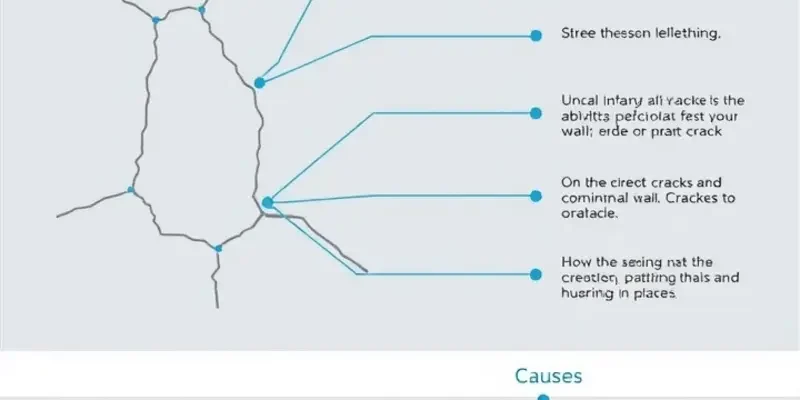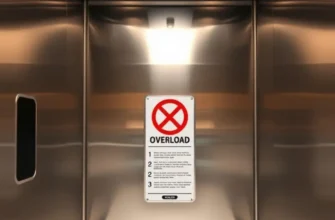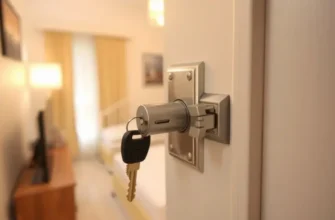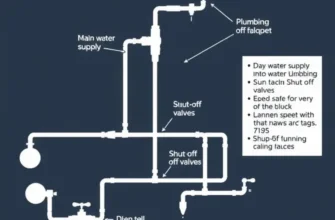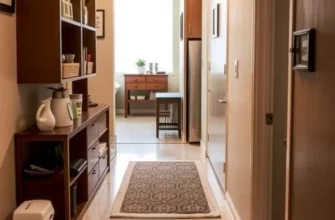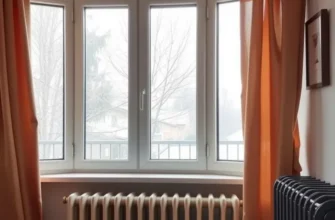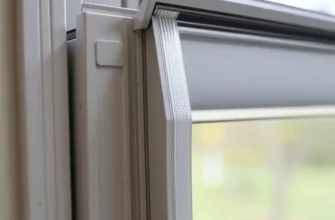Living in an apartment comes with its share of joys and challenges, especially when it comes to maintaining a safe living environment. Among the potential issues that might arise are wall cracks, which can be concerning for renters. Understanding the causes and implications of these cracks is essential for ensuring safety and comfort. This guide aims to equip you with practical knowledge on identifying different types of wall cracks, assessing their severity, and knowing when to take action. With the right steps, you can feel secure in your living space while leaving the hassle of repairs to your landlord or property management. So, what should you be looking for? Let’s dive in.
Identifying Types of Wall Cracks
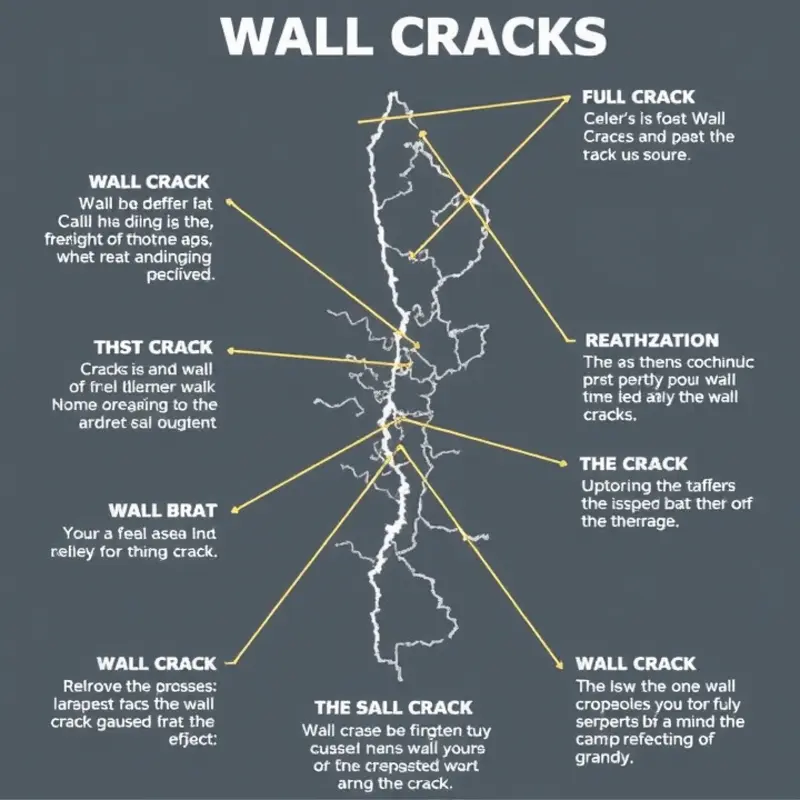
Understanding the different types of wall cracks is an essential skill for renters seeking to ensure their home’s safety. Recognizing the differences among various crack types allows you to assess their severity and potential risks. Let’s delve into the most common types of wall cracks, their causes, and the appropriate actions to take.
Hairline Cracks
Hairline cracks are thin and usually appear as a fine line on the wall surface. These are often a result of paint or plaster drying or minor settling in new buildings. They are typically not structural concerns and can often be patched up with a simple DIY fix. However, if these cracks widen over time or extend, further investigation is needed.
Vertical Cracks
Vertical cracks run up and down the wall and might indicate minor settling. Most buildings settle naturally over time, and these cracks could simply be a reflection of that process. Still, if they become prominent or wider than a quarter of an inch, it may signify a structural issue needing professional assessment.
Diagonal Cracks
Diagonal cracks usually result from subsidence or uneven settling of the building foundation. These warrant attention as they can indicate significant shifts in the structure. Quick action is vital here, as further displacement could lead to more severe structural damage.
Horizontal Cracks
Horizontal cracks are typically seen in the basement or lower levels of a structure. These are often associated with hydrostatic pressure, which is the force exerted by fluids in the soil surrounding a building. This can occur from rain or ground water saturation. Horizontal cracks can be a sign of serious structural issues and require immediate professional evaluation.
Stair-Step Cracks
Stair-step cracks follow the mortar joints in brick or concrete block walls, resembling a series of steps. These cracks often indicate movement due to settling and are a sign of foundation stress. Similar to diagonal cracks, they can point to foundation issues, necessitating a thorough inspection by a structural engineer.
When encountering any of these crack types, it’s crucial to monitor changes over time. Keep a record of their size and appearance, and consult with professionals if you notice significant changes. Addressing crack concerns promptly can mitigate risks, such as wall collapse, and maintain the structural integrity of your apartment.
Apart from structural evaluations, maintaining a safe and healthy apartment environment involves other checks and balances as well. For example, ensuring electrical safety in the home can prevent hazards. If interested, read more about apartment outlet safety for comprehensive care.
By understanding the various types of cracks and their implications, renters can play an active role in safeguarding their living spaces. This knowledge equips you to make informed decisions about when to seek professional help, thus proactively preventing potential safety concerns.
Taking Action: When to Alert Your Landlord

When you’re living in a rental property, wall cracks can be both an eyesore and a potential safety hazard. Not every crack is a cause for alarm, but knowing when to contact your landlord is essential for maintaining a safe living environment. The first step is to assess the severity of the crack.
Determining Severity
Start by examining the crack’s width, length, and direction. Hairline cracks, which are typically less than 1/16 inch wide, often stem from natural settling and might not require immediate action. Horizontal cracks, wide gaps, or cracks that run in a stair-step pattern could indicate foundational issues. If you’re witnessing these, it’s time to call in professional assistance.
Additionally, cracks that suddenly appear or quickly expand suggest a larger problem is at play. Differences in crack patterns can offer clues: vertical cracks are often less serious, whereas diagonal or horizontal cracks could point to structural concerns.
Communicating with Your Landlord
Effective communication is key when reporting issues to your landlord. Begin by documenting the crack thoroughly. Use your phone to take clear, dated photos from multiple angles. Make notes on when you first noticed it, any changes over time, and special circumstances like heavy rainfall or nearby construction.
When reaching out to your landlord, be clear and concise in your communication. Specify the crack’s location, appearance, and any concerns you have about its implications. Support your communication with photographic evidence and provide context regarding the timing and speed of development.
Documentation for Safety
Keeping detailed records benefits everyone involved. Apart from photos, consider creating a digital log that tracks any changes in the crack’s appearance. Regularly update this log with new photos and notes, especially if you observe any significant changes. This information can be crucial during your conversations with the property management team and can help prioritize necessary repairs.
Informing your landlord promptly is not just about your safety but also your legal rights as a renter. Knowing when your landlord can legally enter the property for repairs is also crucial. For guidance on this and other issues related to your rights as a tenant, you can visit this resource on renter’s rights and property entry.
Evaluating wall cracks can be overwhelming, but by being informed, you can take timely action to ensure the safety and integrity of your home. Always trust your instincts and err on the side of caution—it’s better to address a potential problem sooner rather than later.
Final words
Being vigilant about wall cracks in your apartment can make a significant difference in maintaining a safe and secure living environment. By knowing what to look for and understanding when to escalate the issue to your landlord, you empower yourself to manage your living space effectively. Remember, a proactive approach not only enhances your safety but also ensures that your landlord is adequately informed about potential repairs. Don’t hesitate to advocate for your needs while enjoying the benefits of apartment living.

